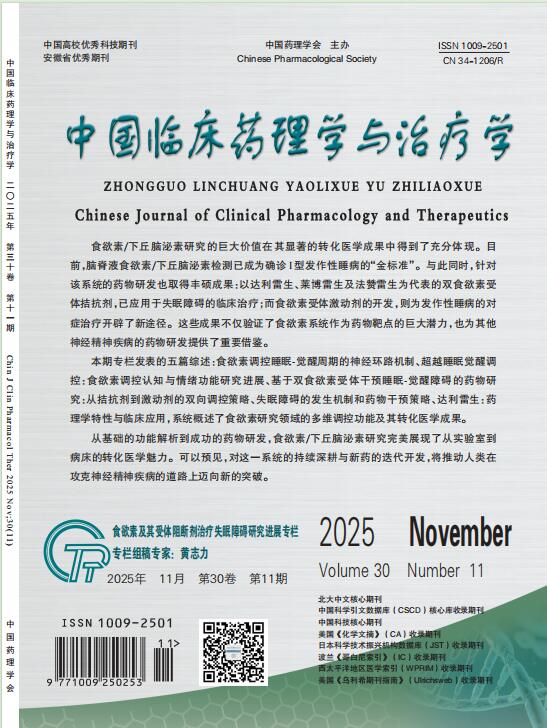AIM: To investigate the role of N-acetylcysteine (NAC) in the regulation of epidermal growth factor receptor/mitogen-activated protein kinase (EGFR/MAPK) signaling pathway in airway mucus hypersecretion in chronic obstructive pulmonary disease (COPD) effect. METHODS: Thirty male clean Wistar rats were randomly divided into 3 groups, 10 in each group. The control group was healthy rats. The model group was COPD airway mucus hypersecretion rats. The NAC group was given 3 mmol/ from the modeling. NAC group received 3 mmol/kg 100 μL NAC for 30 days. The pathological results of lung tissue, airway resistance (RL) and dynamic compliance (Cdyn), blood gas results[arterial blood carbon dioxide partial pressure (PaCO2), arterial oxygen partial pressure (PaO2)], mucosal thickness / bronchial wall thickness (Reid index), airway epithelial positive goblet cells / total epithelial cell number, EGFR/MAPK signaling pathway protein[EGFR, phosphorylation stress activated protein kinase (p-JNK) /Total JNK, phosphorylation-mitogen-activated protein kinase p38 (p-P38MAPK)/total P38, phosphorylated extracellular regulated protein kinase (p-ERK)/total ERK, mucin 5AC (MUC5AC)] expression were observed and compared.RESULTS:There were no abnormalities in the epithelial cells, airway mucosa epithelium, submucosal glands, and bronchial wall of the control group. There was no secretion in the lumen. The model group showed pulmonary interstitial vascular congestion, thinning and rupture of the alveolar space, and the formation of adjacent alveolar fusion. Polycystic cavity, epithelial cells have obvious thickening, hyperplasia, necrosis, submucosal gland hypertrophy, goblet cell hyperplasia, inflammatory cell infiltration around the bronchi, atrophy and rupture of smooth muscle bundle; compared with control group tube in NAC showed no abnormalities, but compared with the model group, the pathological features were alleviated; Cdyn and PaO2 in the model group were lower than those in the control group, RL and PaCO2 were higher than those in the control group (P<0.05); Cdyn and PaO2 in the NAC group were higher than those in the model group. RL and PaCO2 were lower than those in the model group (P<0.05); the Reid index, positive goblet cells/total epithelial cells in the model group were higher than those in the control group (P<0.05); Reid index, positive goblet cells/total epithelial cells in the NAC group were lower than those in the model group, but the difference was statistically significant compared with those in the control group (P<0.05). p-JNK/JNK, p-P38/P38, p-ERK/ERK, MUC5AC of the model group were higher than those in the control group. (P<0.05); p-JNK/JNK, p-P38/P38 p-ERK / ERK, MUC5AC of NAC group were lower than those in the model group as compared with the control group(P<0.05). CONCLUSION: N-acetylcysteine can inhibit the expression of EGFR/MAPK signaling pathway, improve bronchial mucosal gland hyperplasia, goblet cell hyperplasia, inhibit airway mucus hypersecretion and improve rat lung features.


